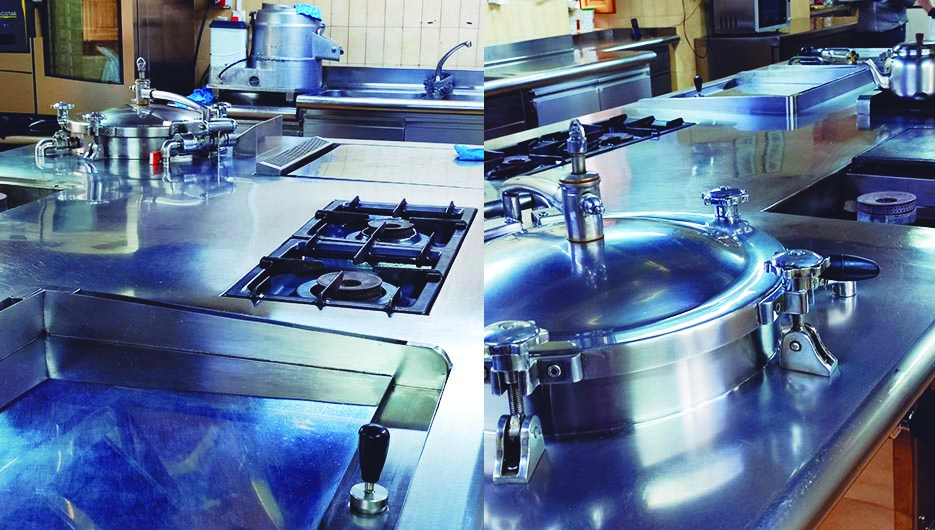
The drying process is of critical importance to maximise the reduction of microorganisms on food handling surfaces. Drying surfaces has been shown to have a significant bactericidal effect, although the effectiveness will depend on the nature of the organism and the state it is in, the drying time, as well as temperature, soil and moisture conditions. For example, Staphylococcus aureus has a tendency to form aggregates, and this clustering can provide protection against dehydration and cleaning of the innermost cells. Possibly because of this clump structure, 15 minutes with drying air does not significantly reduce the counts of these bacteria on surfaces, which corroborates their tolerance to dry conditions. Thus, although drying is an important process to maintain surfaces in a hygienic state, it cannot be considered as a process to achieve disinfection per se.
The persistence of other pathogenic microorganisms is also important, e.g. Salmonella spp. and Campylobacter spp. can remain viable for up to 3 hours on both kitchen surfaces and on the hands of the handler after preparation of artificially contaminated chicken.
To ensure that the cleaning and disinfection of surfaces involved in food handling and production processes is optimal, it is necessary to check them with surface controls. Clean-Biotec provides all links in the food chain and sanitary environments with environmental controls of air and surfaces for microbiological indicators.


